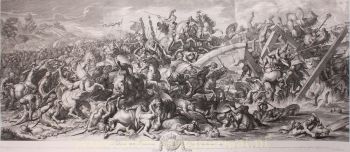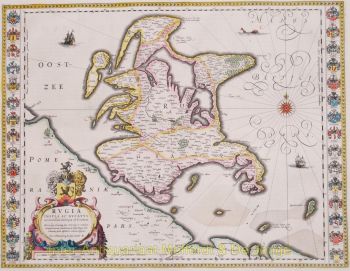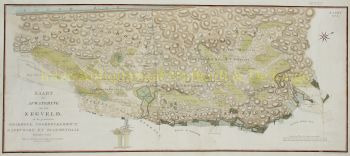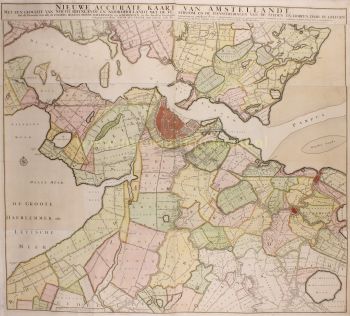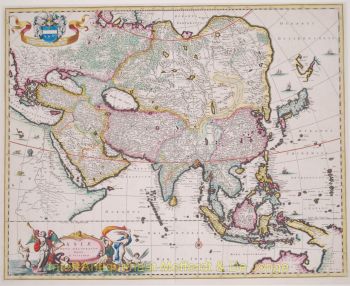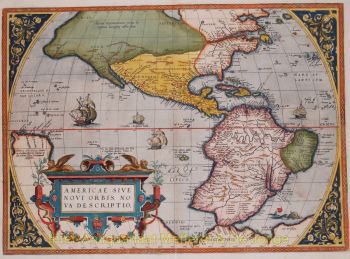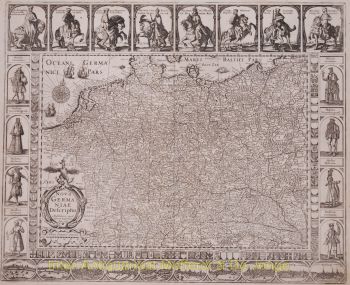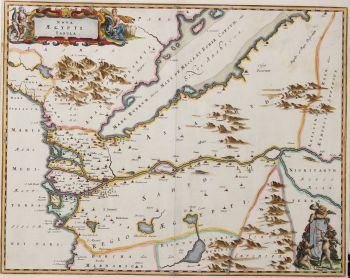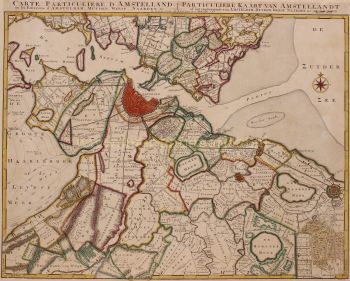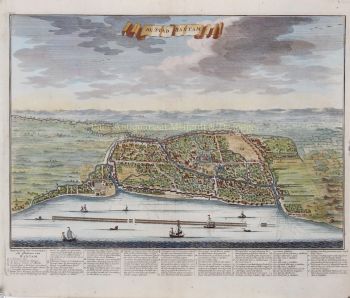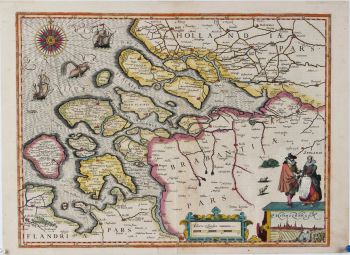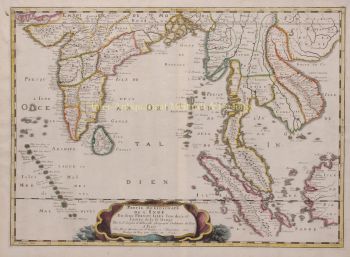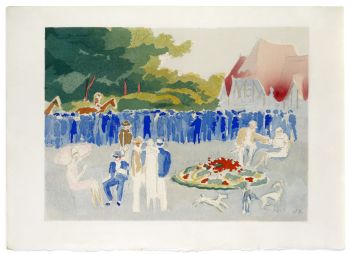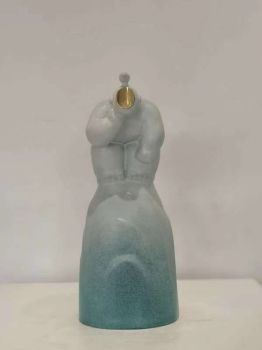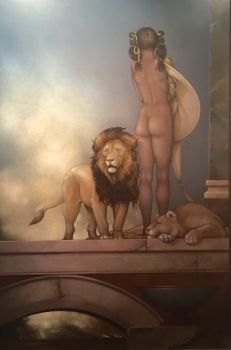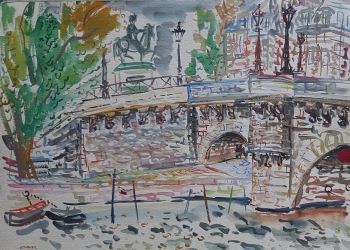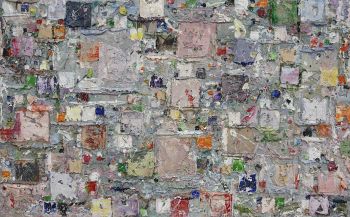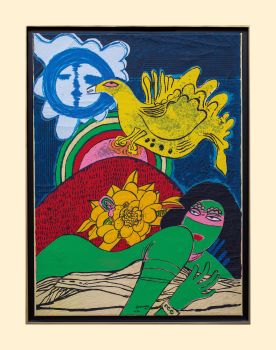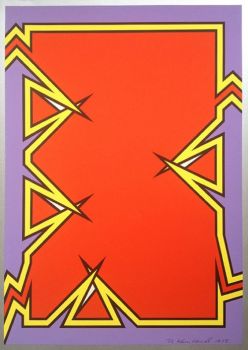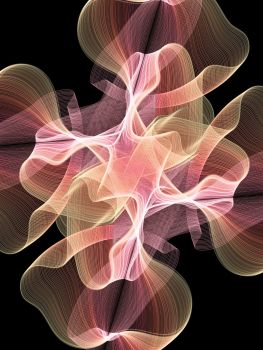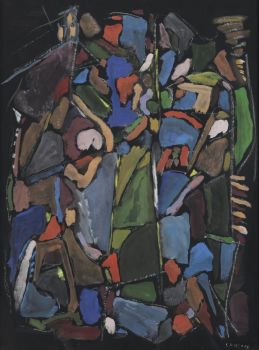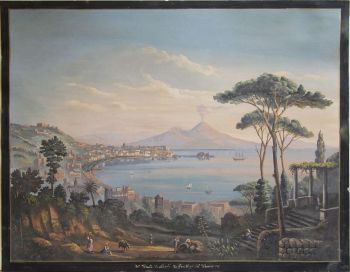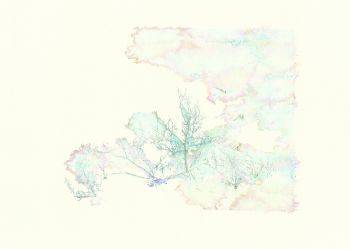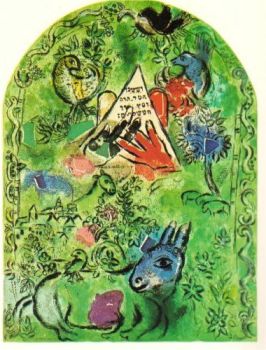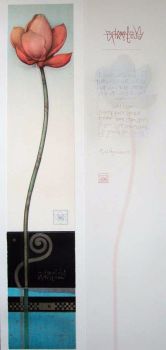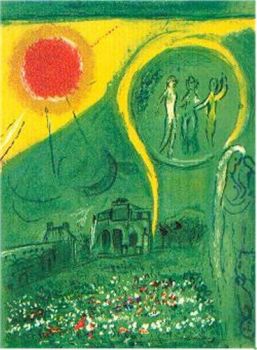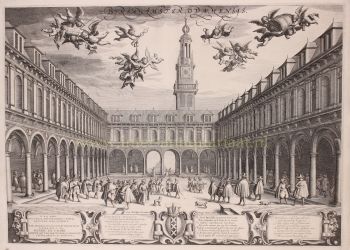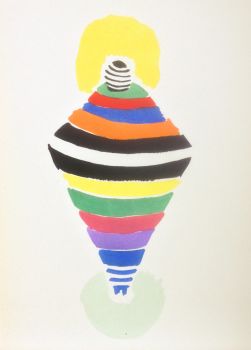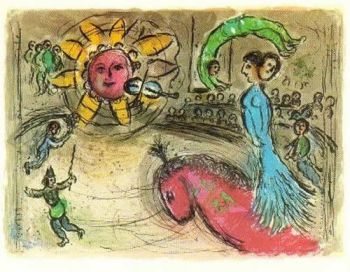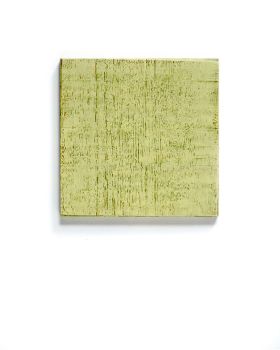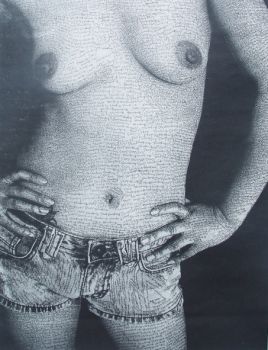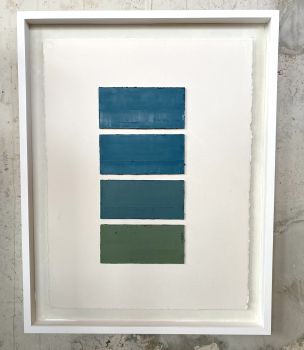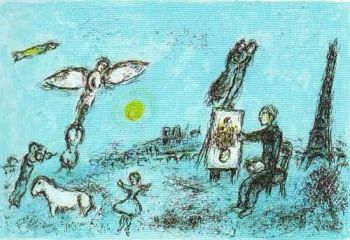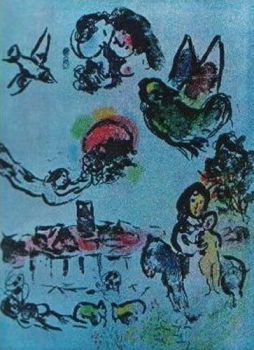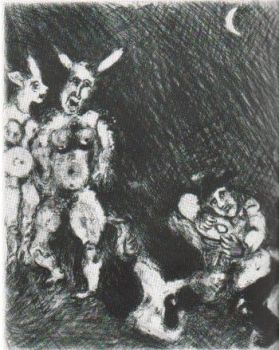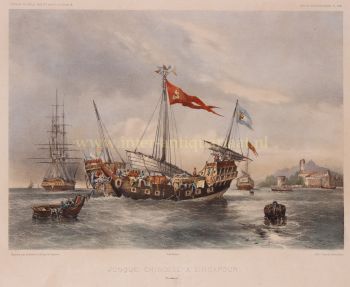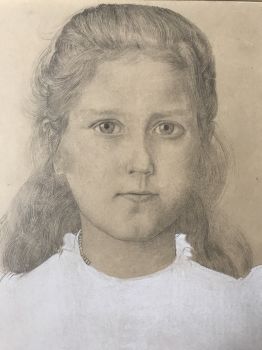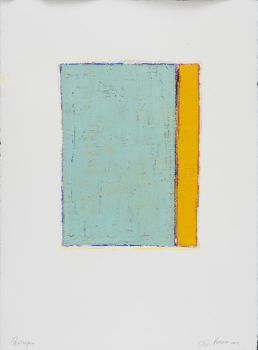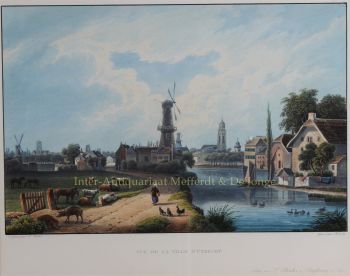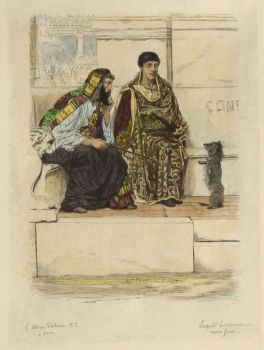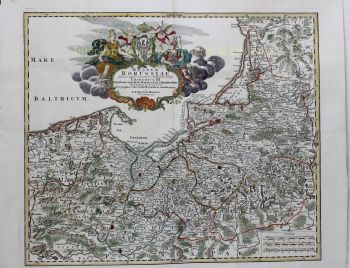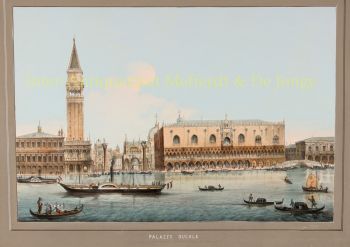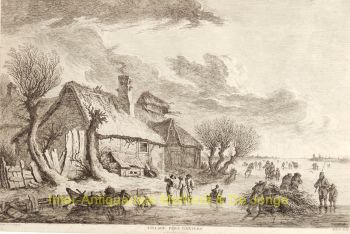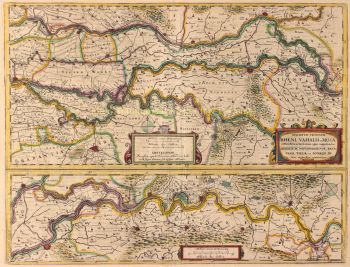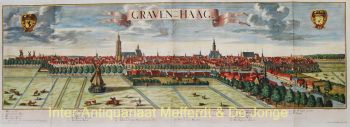Celestial chart 1750
Matthias Seutter
Inter-Antiquariaat Mefferdt & De Jonge
- A proposito di opere d'artePlanisphaerium Coeleste. Copper engraving published by Matthäus Seutter in Nuremberg around 1750. Coloured by a leter hand. Size: 48 x 57 cm. This chart shows us the stars of the Northern and Southern Hemispheres depicted as allegorical figures, animals and scientific instruments. The style of the constellations follows the Firmamentum Sobiescianum sive Uranographia from 1687 by the Polish astronomer Johannes Hevelius. The chart's design was based on work by the Nuremberg astronomer Georg Christoph Eimmart (1638-1705). In addition to the hemispheres, we see seven diagrams against a background of clouds. At the top left texts from Genesis: God called the light "day", and the darkness He called "night". At the top right the phases of the moon as seen from earth. In the center at the top we see God as the Creator, seated on a cloud and accompanied by putti. At the bottom left: the illumination of the moon by the sun, astronomical models by Tycho Brahe, Copernicus and Ptolemy as well as a model by Van Lansberge about the movement of the earth around the sun. A key to the size of the stars on the hemispheres is shown in the center. Price: Euro 1.950,-
- A proposito di opere artista
Matthias Shutter è nato nel 1678 in Germania. Fu uno dei più importanti e prolifici editori di mappe tedesche del XVIII secolo. Seutter ha iniziato la sua carriera come apprendista birraio. Apparentemente poco ispirato dal business della birra, Seutter lasciò il suo apprendistato e si trasferì a Norimberga dove fece l'apprendistato come incisore sotto la guida dell'eminente J. B. Homann. All'inizio del XVIII secolo Seutter lasciò Homann per fondare la sua casa editrice cartografica indipendente ad Augusta. Sebbene abbia lottato nei primi anni della sua indipendenza, l'abilità nell'incisione di Seutter e l'impegno nella produzione diversificata di mappe alla fine gli hanno guadagnato un notevole seguito. La maggior parte delle mappe di Seutter erano fortemente basate su, se non copie, lavori precedenti svolti dalle aziende Homann e Delisle. Nel 1732 Seutter era uno degli editori più prolifici del suo tempo e fu onorato dall'imperatore tedesco Carlo VI con il titolo di "Geografo imperiale". Seutter continuò a pubblicare fino alla sua morte, all'apice della sua carriera, nel 1757. L'azienda Seutter continuò sotto il figlio di Seutter, Albrecht Carl, fino alla sua morte nel 1762. Dopo la morte di Albrecht, l'azienda fu divisa tra l'affermata ditta Probst e l'emergente ditta di Tobias Conrad Lotter. Lotter, genero di Matthäus Seutter, era un maestro incisore e lavorava per conto della ditta Seutter. Seutter morì nel 1757.
Sei interessato ad acquistare questa opera d'arte?
Artwork details
Related artworks
- 1 - 4 / 24
- 1 - 4 / 24
André Lanskoy
Composition Abstraite (sur fond noir)20th century
Prezzo su richiestaFrans Jacobs Fine Art
1 - 4 / 24- 1 - 4 / 12







